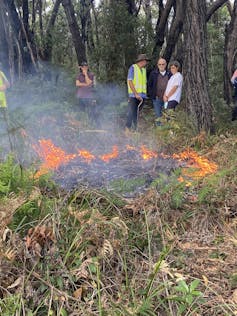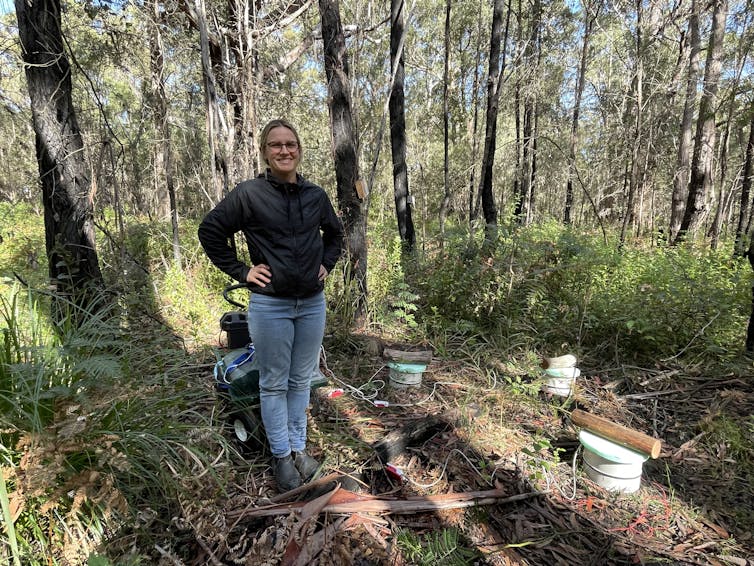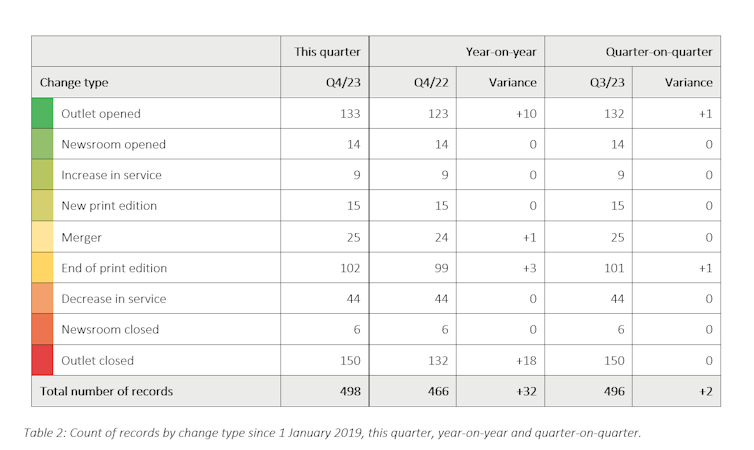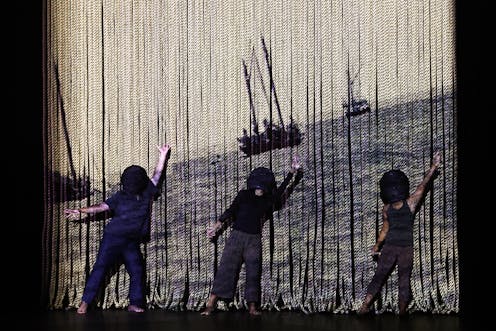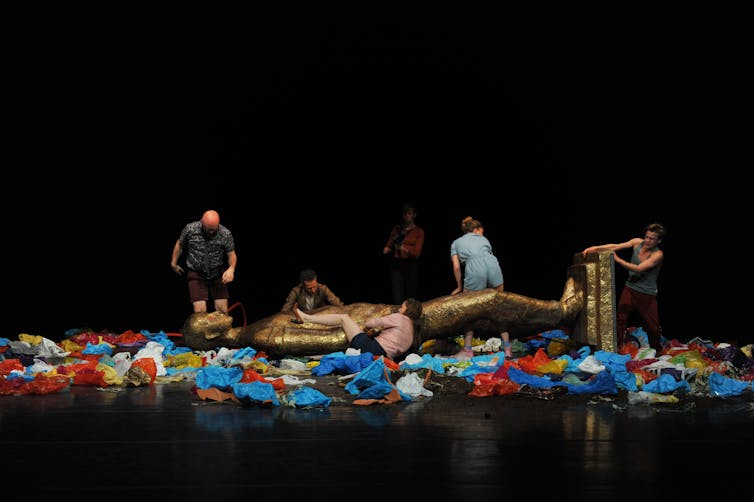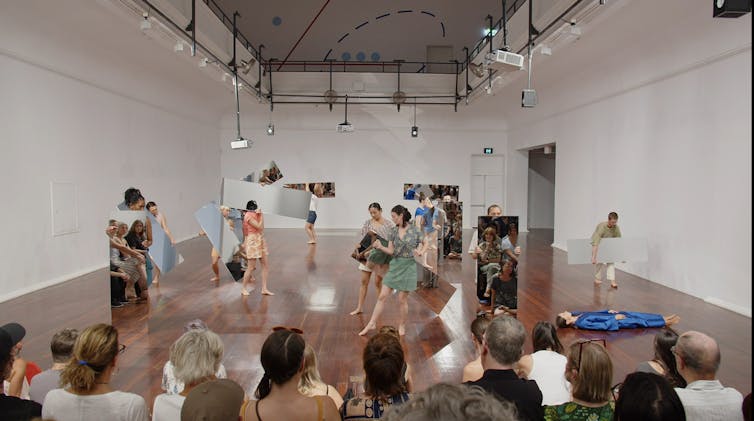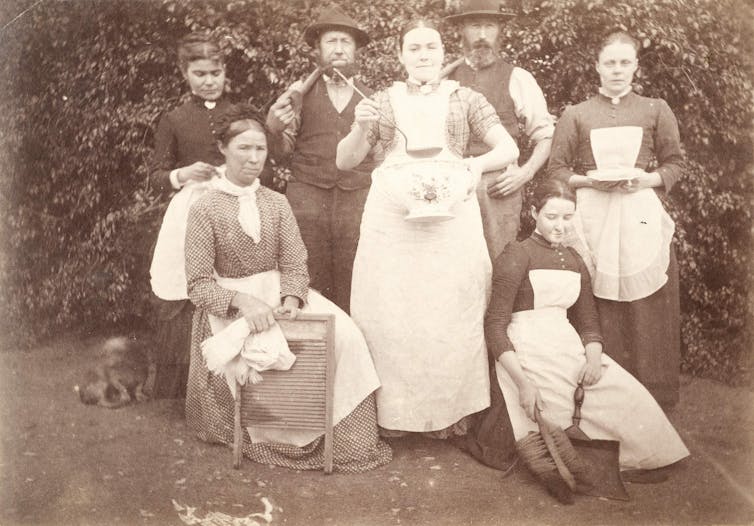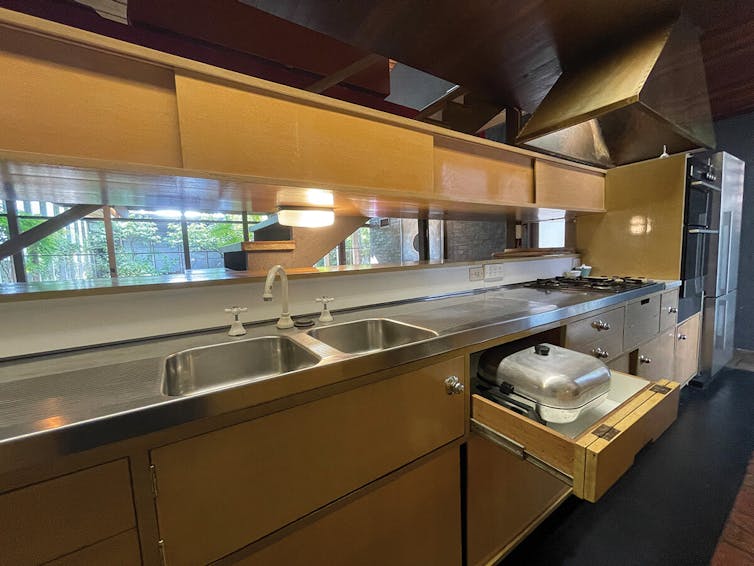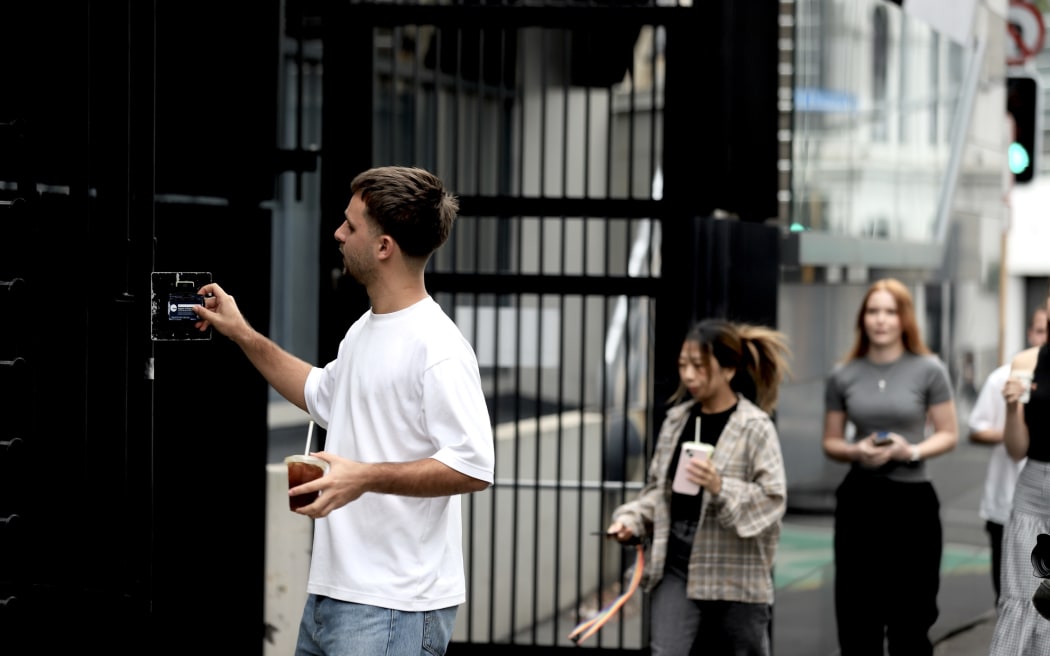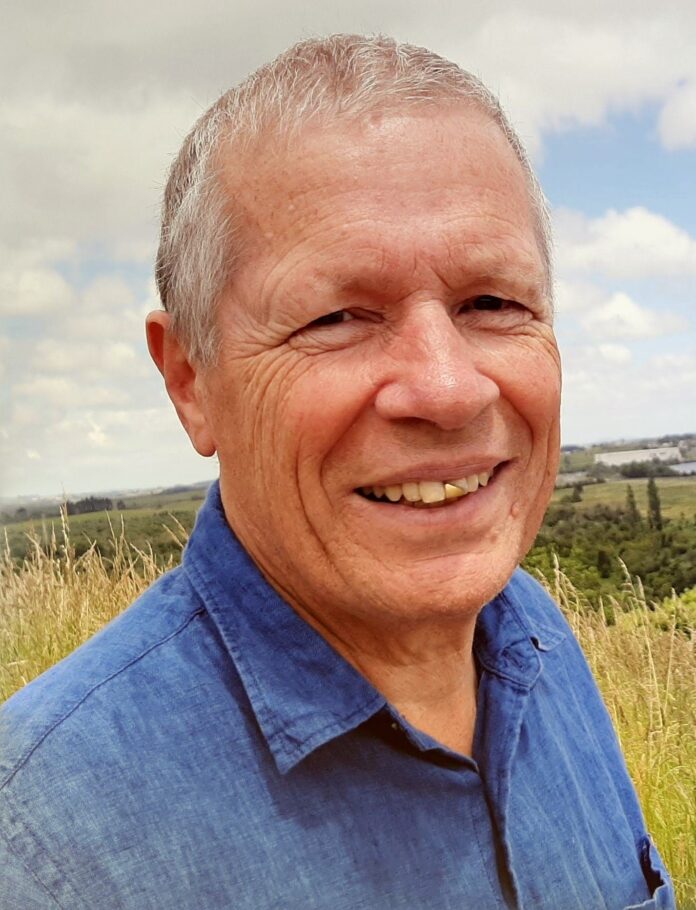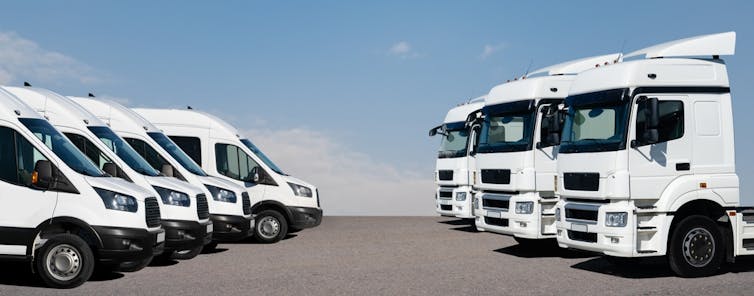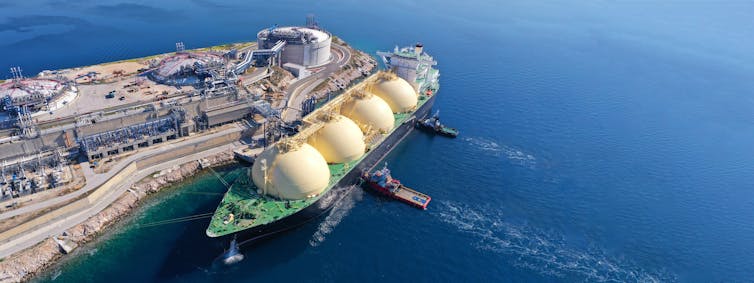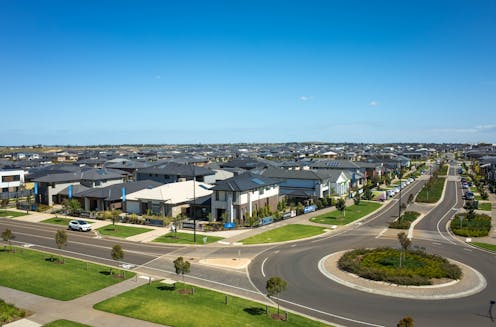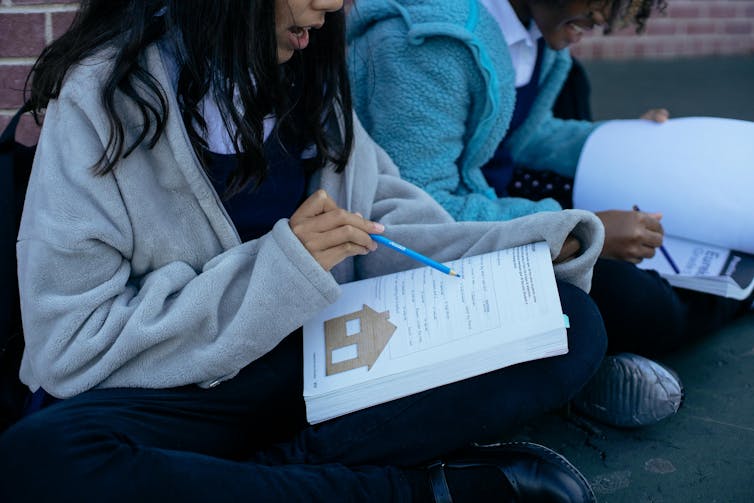Source: The Conversation (Au and NZ) – By Catherine Fitzpatrick, Adjunct Associate Professor, School of Social Sciences, UNSW Sydney

They knew we had separated. Why did they let him cancel the policy and refund him the money without giving me a call to let me know the house and contents were no longer insured, or not do it before speaking to me first?
These are the words of Maddy (not her real name). Her experience of domestic and family violence was compounded by the acts of the insurance company she thought would give her financial protection.
Maddy’s former partner cancelled their home and contents insurance with a simple phone call. He received a refund of the premiums she had paid just a few months earlier. She didn’t know – not until well after he threatened to burn down the house with Maddy and the children in it.
If he had followed through with his threat I would have been punished too and made to pay the mortgage for a house that we couldn’t live in and not be able to rebuild because insurance wouldn’t cover it.
Maddy is one of the women who described how insurance is being misused as a weapon of financial abuse, for my second Designed to Disrupt report. Their personal accounts highlight the need for systemic change.
Insurance as a weapon
General insurance is designed to provide financial protection from unexpected events. It’s supposed to be an affordable way to repair or replace an asset that is lost, stolen, damaged or destroyed.
But too often, victim-survivors of domestic and family violence find they don’t have the coverage they thought. They may be left without a car, or a home, and with no or limited means to pay to restore their financial safety and economic security.

Shutterstock
There is limited data about the extent of the problem. But through desktop research and consultation with those with who’ve experienced it, and with consumer advocates and industry, we found the biggest issue is with joint policies.
Financial abusers exploit general insurance policies and procedures to deny access to information, cancel policies, interfere with the claims process, and to steal, limit or withhold payouts to the victim-survivor.
They aim to exert control by leaving their partner with no money, damaged or irreparable property and assets, and the accompanying emotional toll.
Differing policies and procedures
While some insurers have specialist teams to deal with these sorts of cases, there is a lack of standardised practices across the industry.
Results of our survey reveal wild variations in data between companies, with the number of domestic violence and financial abuse cases reported ranging from 11 to more than 2,000 in the 2021–22 financial year.
This means some victim-survivors will receive support that is empathetic and understands the affects of trauma, with flexibility for individual solutions. Others continue to struggle with dismissive or judgemental staff, risks to their safety, or compounding financial hardship.
Read more:
Higher unemployment and less income: how domestic violence costs women financially
We asked whether any insurance company used modelling to estimate the risk or extent of property damage related to domestic and family violence. None did.
Yet it has been estimated that “consumption costs” (such as replacing damaged property, defaulting on bad debts, and the cost of moving) of partner violence against women and their children in 2021–22 could be $3.5 billion, including $202 million in damaged and destroyed property. Most of these costs are borne by victim-survivors and family and friends.
What needs to happen?
To address these issues with joint policies, three changes are needed:
-
close the loopholes that enable perpetrators to cancel insurance policies without the knowledge or consent of victim-survivors
-
introduce a “conduct of others” clause as a standard part of every insurance contract, enabling victim-survivors to make a claim when perpetrators deliberately damage property
-
modernise the law so insurance products can be redesigned with features that protect against financial abuse.
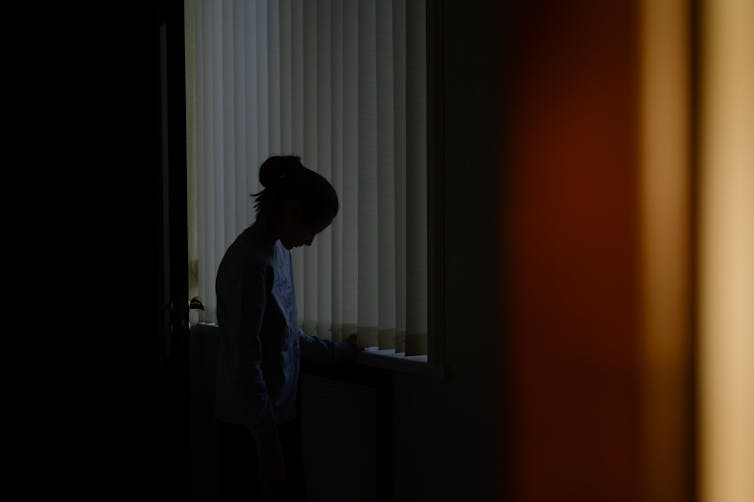
Shutterstock
As a starting point, every general insurer should denounce financial abuse in their terms and conditions – following the lead of the Australian banking industry. So far, 14 banks have adopted this recommendation and are refusing to tolerate misuse of their products as a tactic of coercive control.
These changes would build on the significant progress the general insurance industry has made to support victim-survivors and drive greater consistency. The General Insurance Code of Practice sets a benchmark for self-regulation, and detailed guidance outlines better customer service practices for those experiencing domestic and family violence. All insurers are required to have a domestic and family violence policy, and some insurers have set up specialist teams and provided extra training.
The law also needs to be modernised because it’s stifling changes that would give victim-survivors better protection.
Read more:
When care becomes control – financial abuse cuts across cultures
The Insurance Contracts Act was written in 1984, just ten years after the first modern women’s refuge was established in Australia and well before domestic and family violence became an urgent national conversation.
Despite calls in 2004 and 2021 for the law to address cases in which a victim-survivor was denied a claim because of a wilful act or other breach by the perpetrator, legislation remains unchanged. Yet this type of behaviour is one of the most common ways insurance is used in family violence.
Two insurers, AAMI and Suncorp, have introduced a “conduct of others” clause to provide flexibility to pay a claim in these cases, even where there is no legal requirement to do so.
While these are positive moves, it’s slow progress. It’s time Australian insurers and regulators addressed this gap.
![]()
Catherine Fitzpatrick is Founder and Director of Flequity Ventures, a social enterprise which aims to disrupt financial abuse and gender bias through more flexible, safe and equitable product and service design. She received funding from the Centre for Women’s Economic Safety to write the Designed to Disrupt report and continues to be affiliated. She is a former bank executive with roles managing customer complaints including those related to general insurance, domestic violence support and government relations. She has previously been engaged by the Insurance Council of Australia to provide guidance on safety by design in insurance.
– ref. Insurance is the latest weapon financial abusers use against their partners. Here’s how we fix it – https://theconversation.com/insurance-is-the-latest-weapon-financial-abusers-use-against-their-partners-heres-how-we-fix-it-224632









